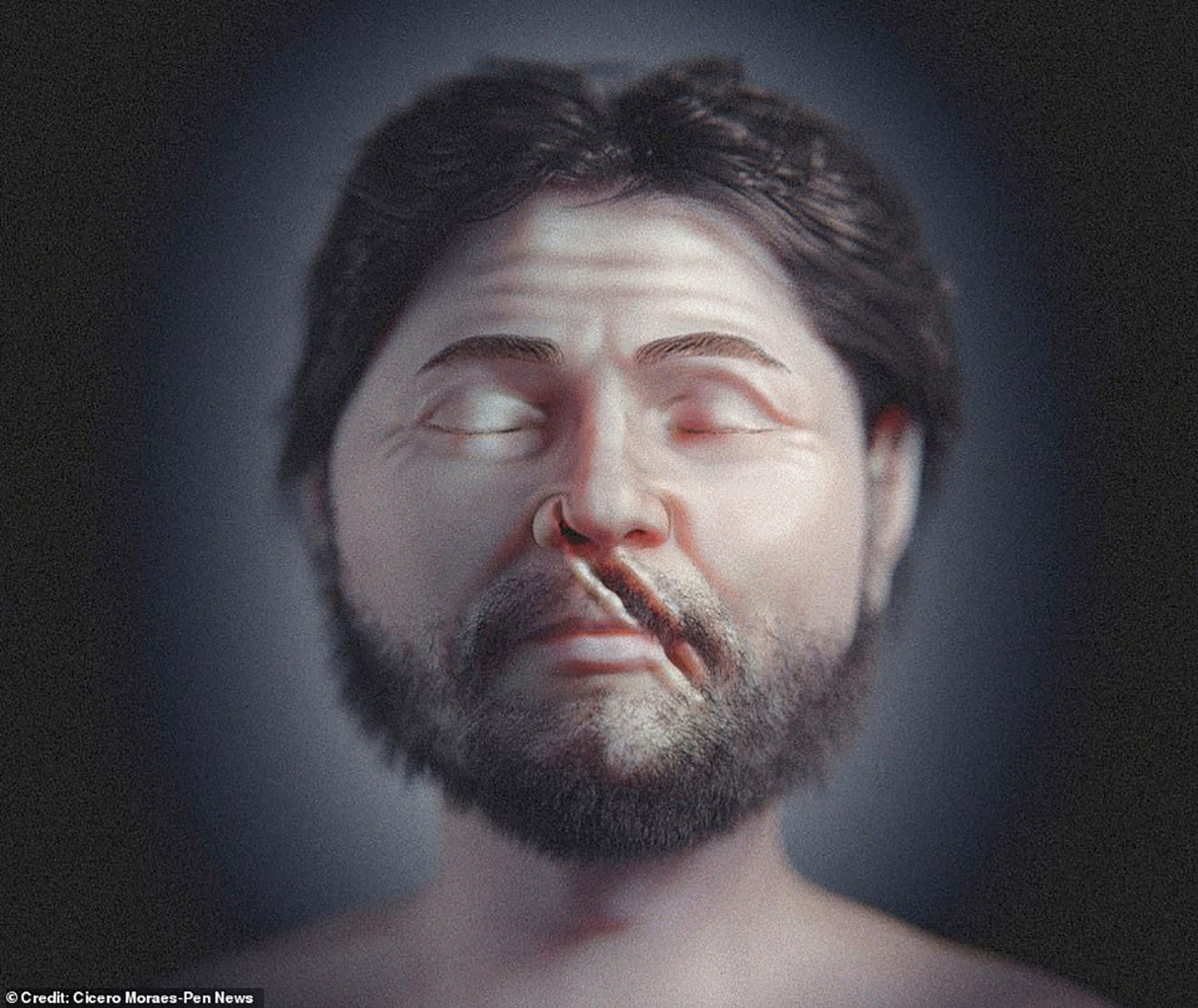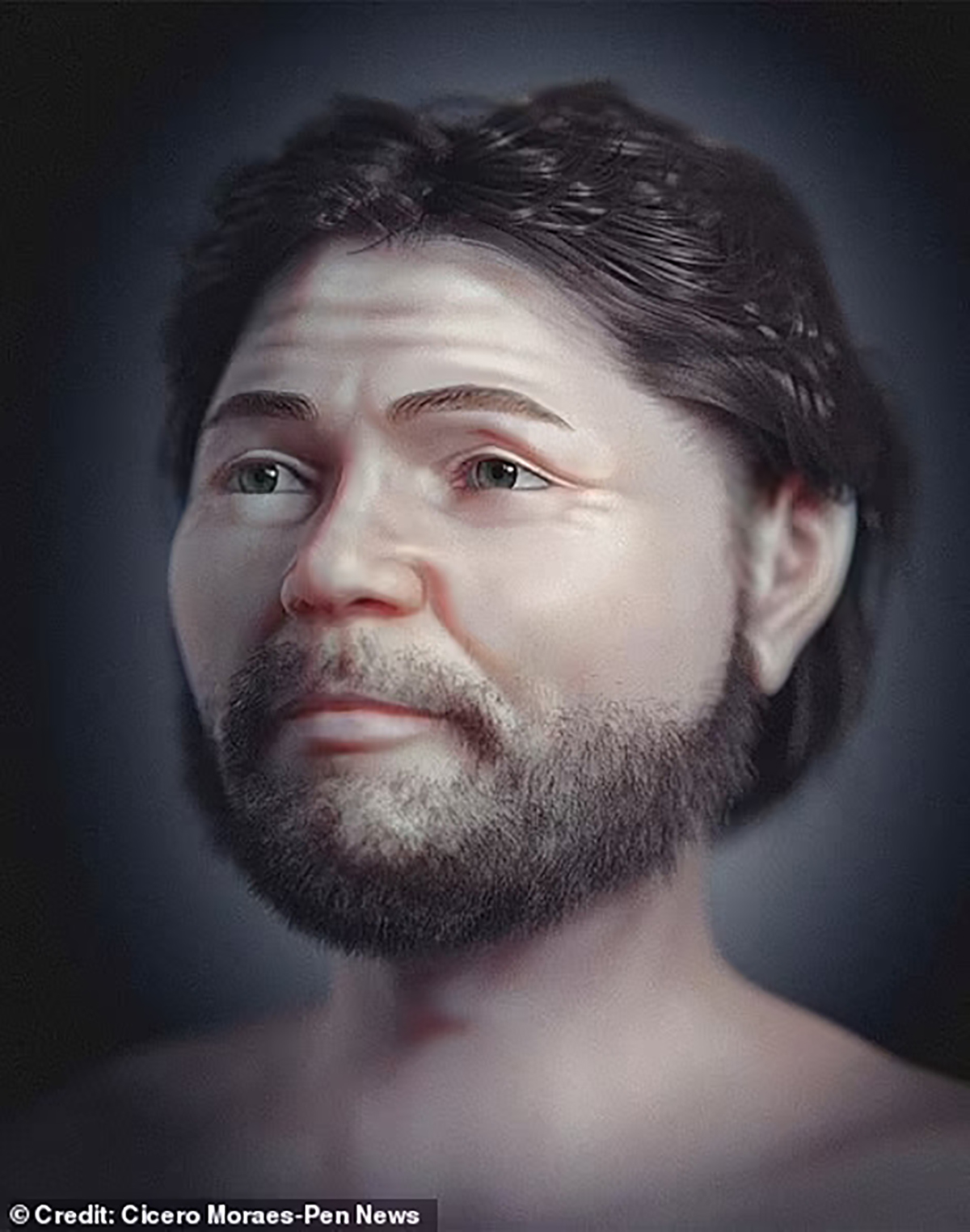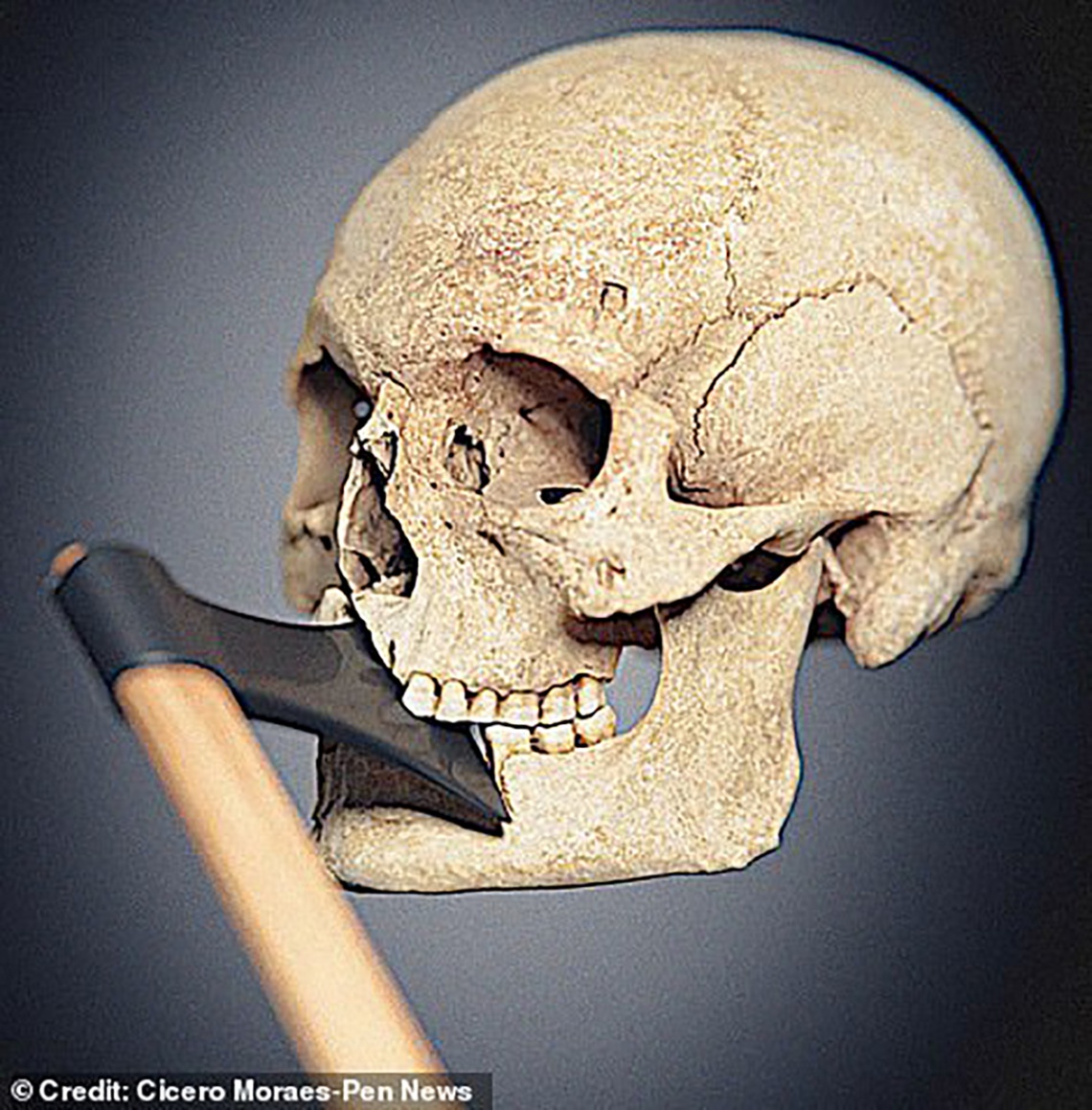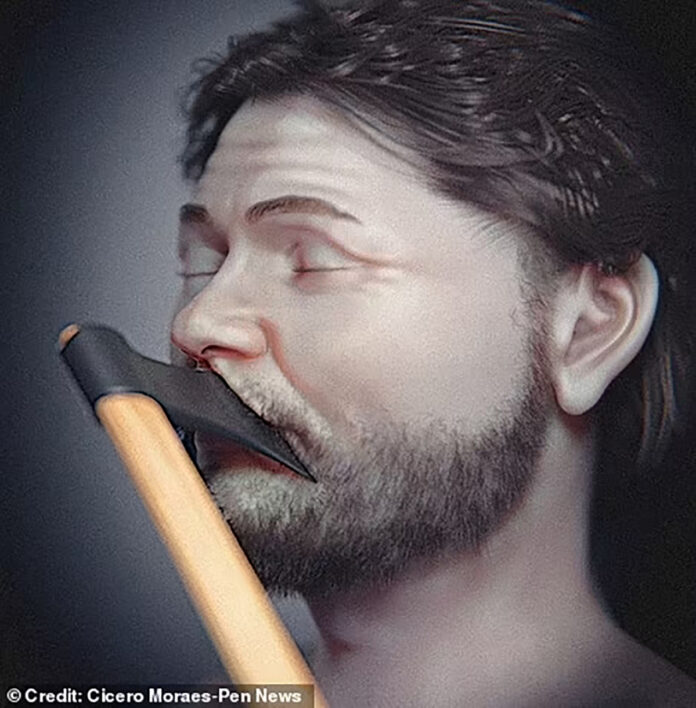Introduction to the Battle of Visby
The Battle of Visby, fought in 1361 on the Swedish island of Gotland, remains one of the most brutal conflicts in European history. The battle resulted in the deaths of over 2,500 individuals, mainly peasants and the elderly, who were ill-equipped for the ferocity of the combat. This historic event not only shaped the course of regional history but also left a significant archaeological imprint that offers insights into medieval warfare.
Discovery and Analysis of the Mass Grave
In a significant archaeological find, researchers unearthed a mass grave on Gotland, revealing the skeletal remains of those who perished in this savage battle. This discovery opened new avenues for understanding the human impact of the conflict and provided a unique opportunity to connect with the medieval era on a personal level.
With each bone meticulously examined, and utilizing the latest advancements in forensic and facial reconstruction techniques, the face of the 14th-century warrior began to emerge, gradually erasing the veil of obscurity that had shrouded his identity for centuries. Through this remarkable feat, the past was revitalized, and a poignant connection to the struggles and sacrifices of those who came before us was forged.
As the facial features were painstakingly restored, a window into the past was opened, enabling us to gaze upon the countenance of a man who lived and fought in a tumultuous epoch of history. The reconstructed face serves as a powerful reminder of the human stories that often fade with the passage of time, allowing us to better comprehend the profound impact of historical events on the lives of ordinary individuals caught in the tempest of tumultuous times.
In the face of uncertainty and the enigmatic nature of the past, science and technology have proven to be invaluable allies, illuminating the hidden narratives that lie dormant beneath layers of time. The resurrection of the 14th-century warrior’s face stands as a testament to our unyielding quest to unravel the mysteries of history and commemorate the lives that once dwelled within its tumultuous embrace.
Reconstruction of a Medieval Warrior

The Role of Technology in Historical Reconstruction

Utilizing advanced forensic techniques and facial reconstruction technology, scientists embarked on reconstructing the face of a man who died in the battle. This project aimed to breathe life into the historical narrative by providing a face to one of its many anonymous participants. Each bone was meticulously analyzed, and with the aid of modern technology, the warrior’s facial features were gradually pieced together.

Collaboration with Cicero Moraes
The reconstruction process was significantly enhanced by the collaboration with Cicero Moraes, a Brazilian 3D designer known for his expertise in digital facial reconstruction. Moraes used the warrior’s skull, which bore marks of a violent death, including a cleaved face and broken teeth, as the foundation for his reconstruction.

Through a detailed and creative process, he restored the facial features, adding elements like hair and skin tone based on historical evidence and educated guesswork.

The Impact of the Reconstruction
The reconstructed face of the medieval warrior offers a poignant window into the past, allowing modern viewers to engage directly with an individual from the 14th century.

This connection transcends academic interest, providing a human face to the often abstract statistics of historical battles. The warrior’s visage serves as a reminder of the personal stories and sacrifices embedded within historical events.

Conclusion: The Significance of Merging Science and History
The successful reconstruction of the warrior’s face highlights the invaluable role of science and technology in historical research. By uncovering and visually presenting the human elements of historical events, such projects help to foster a deeper understanding and appreciation of the past.
The collaborative efforts of experts like Cicero Moraes and institutions like the Swedish History Museum exemplify the power of interdisciplinary work in bringing history to life, ensuring that the lessons and legacies of the past continue to resonate in the modern world.
Video




